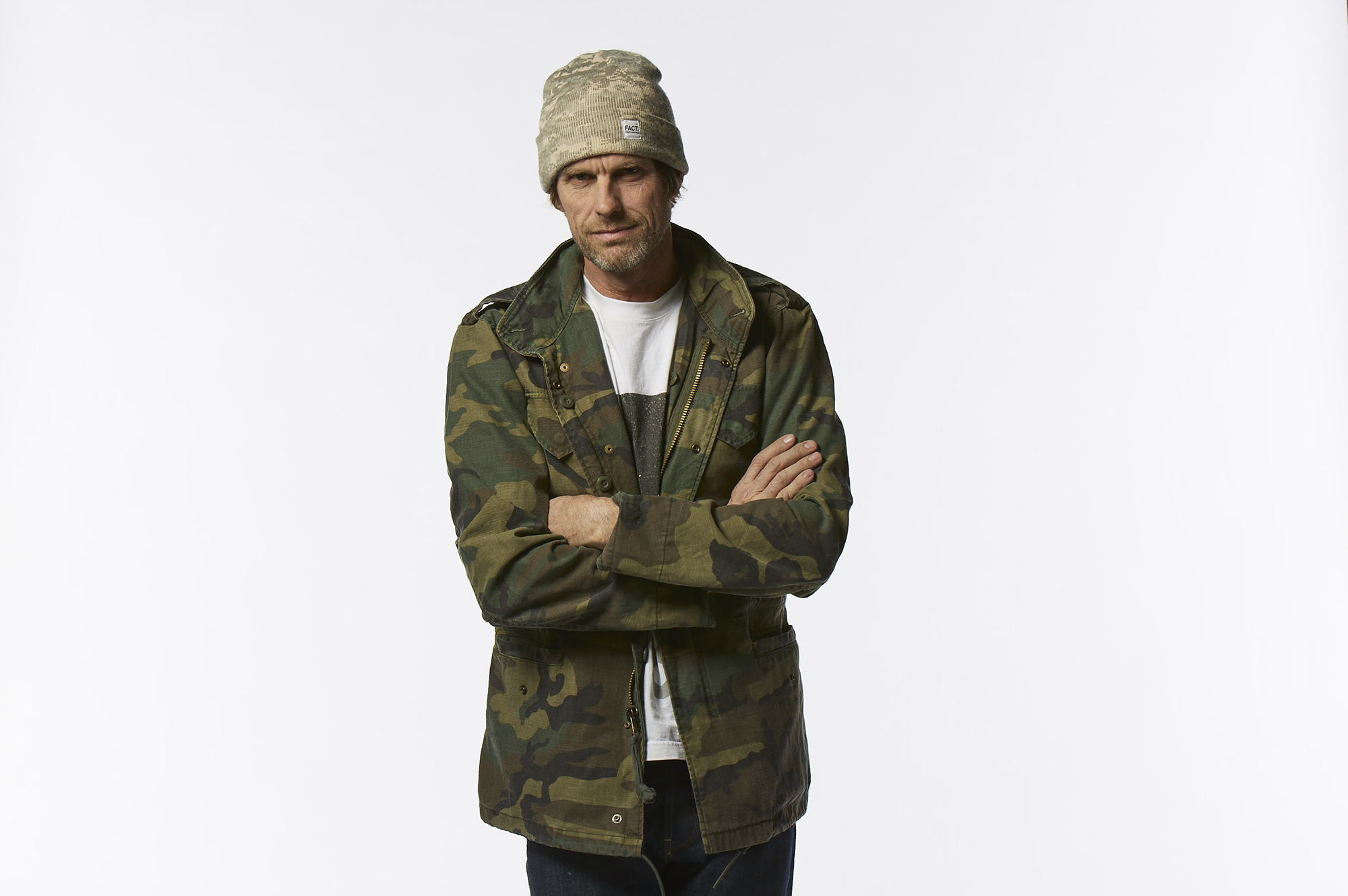
The last time it was cool to own a pair of fat, high-tech DCs was about 15 years ago when all skate shoes looked like armored tanks. But after footwear started slimming down in the mid-2000s and bulky DC’s became a hit with Juggalos, they pretty quickly stopped being cool. For a while, DC seemed destined for wackness.
But in 2018 it seems like DC is finding itself again with new energy. They reorganized their team and their old chunky shoes are, for the time being, back in vogue. They sponsor new talent like John Gardner, who skates spots that would have been too raggedy for any older DC videos.
Part of that change came from Damon Way, who co-founded DC, returning to the brand in 2016 after an 8-year leave. Damon’s vision to set DC back on course seems to be working, so I called him to find out what it takes to turn around a shoe company and how the economics of skate shoes have changed while he was away.

What happened between 2008 – 2012 at DC when it kinda got funky and focused on Street League?
I left the brand in 2008, so I wasn’t there when [those changes were] happening. New leadership took hold, new ideas about the brand, new creativity started to drive DC without any guardrails. I think it got mismanaged and turned into something that was entirely different than what we built it on originally. The original stakeholders and founders weren’t there to provide guardrails or a longer view or vision that the team or company could execute against. It was kind of a free for all.
What brought you back to DC?
Mid-2016 the company was being bought by a private equity group, Oaktree Capital, as part of the Quiksilver bankruptcy, and they were looking to revitalize DC with new creativity. They asked if I would come in and help get DC on a path that was consistent with the ethos we built it on in the ’90s and 2000s.
When I initially came in, the product mix was something I didn’t recognize. It didn’t feel like DC to me. Immediately, we started to dismantle all the messaging, all the product, all the marketing, and then we got that all realigned to what we built the company on.
We started doing work on the product and rather than chasing a vulc style, we started working on technical stuff, like getting back into color, bold branding, synthetic materials for apparel, etc. We were bringing in that technical athletic aesthetic that most people knew the brand by in the ’90s and ’00s.


What’s the biggest difference doing a shoe brand now vs. when DC started in 1994?
I think the biggest shift is the amount of money that we’re competing against. And we weren’t competing with Nike and Adidas as two massive non-endemic brands in the space.
Back then there were only skateboarding brands like Etnies, éS, Emerica, Osiris, and DVS. Vans didn’t have much play at the time. The competition felt much more even, as we were all battling with the same tools, budgets, and experience. It was more about creativity at the time, and the best ideas would win.
You can battle with those same tools now, but you’re ultimately up against incredibly large war chests with Adidas and Nike, which creates a very lopsided playing field.
Now, it’s much more difficult to do things that are unique without the good ideas being adopted and absorbed up into the big companies. It’s also tough to own anything in skateboarding that provides an advantage without the threat of the big brands coming in and buying it out from under you.
What are some things you can do to compete with huge shoe brands?
If you can create really strong creative and cultural alignments between what a brand is doing and who’s representing it, I think you can establish a defendable front line. If you can maintain that front line, and in doing so are able to build momentum around a particular pocket or community, it gives the brand a geographic advantage.
An example of this would be what we built in the late ’90s and early 2000s with [Josh] Kalis and Stevie Williams around Love Park and the Philly scene.
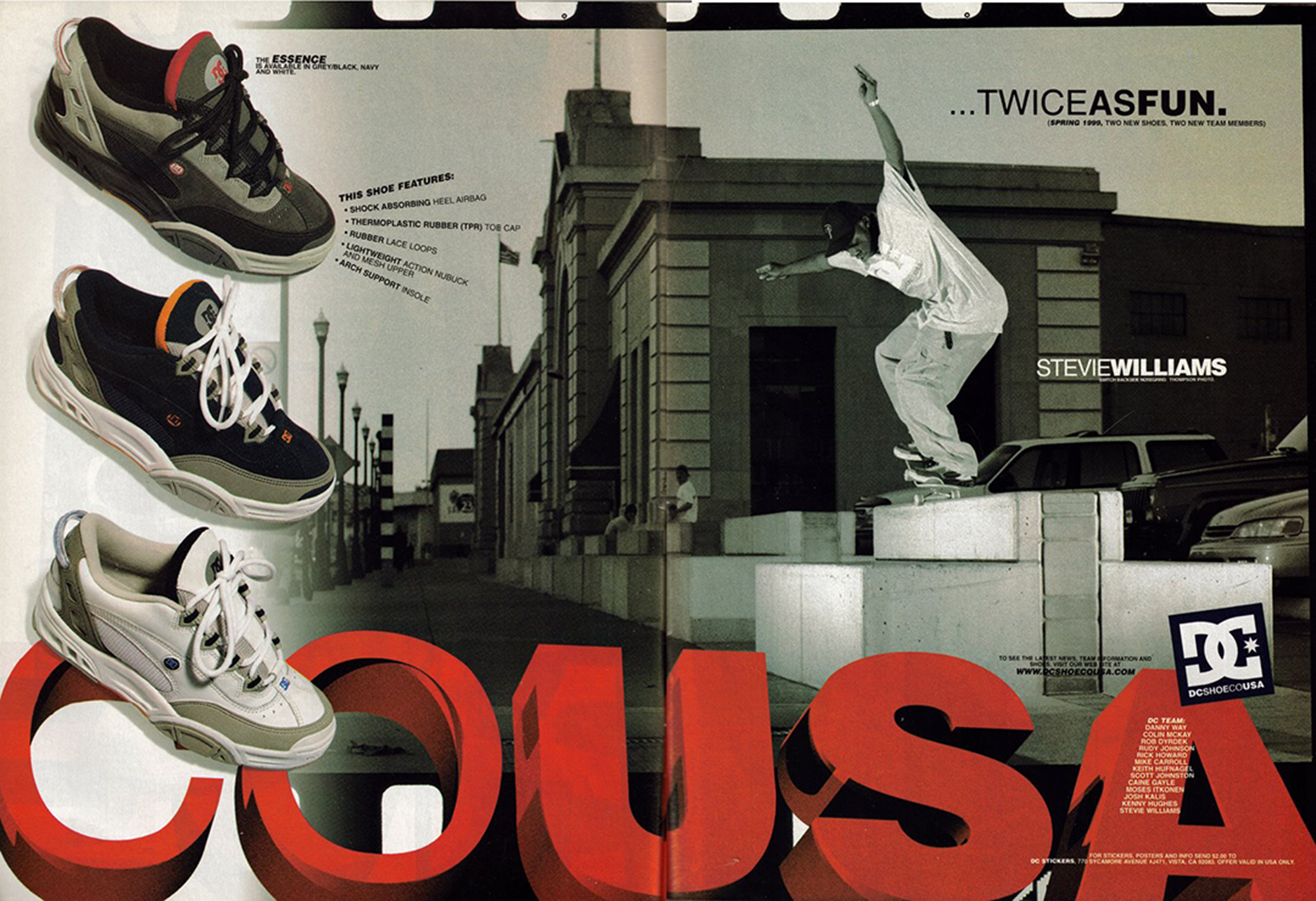
But how can you hold on to your riders if they’re being offered more money by bigger brands?
If you are doing right by your team and supporting them in ways that are complementary to what they are already building on, culturally or community-wise, you can develop that loyalty. In recent years we’ve seen this with some of our guys who would be very attractive to other brands – they’ve chosen to stick with DC through some tough transitional times due to this alignment and support.
Is it common for a rider to say, “New Balance hit me up, can you guys offer me more?”
When a brand has a lot of strength and credibility on the street, the likelihood of guys getting poached from it diminishes greatly. Mainly because the brand becomes such a big part of a person’s identity.
But if those discussions surfaced they would typically happen around contract renewals. But early on we didn’t even have contracts. It was just like you were part of a tribe and that tribe happens to be built around a brand. The idea of someone leaving was crazy, and so far from the idea of negotiating between two companies for the most money. Skateboarding wasn’t in that phase yet.
In the mid ’90s DC felt like a board company. It had that kind of gravity in the market where the brand could be very defining for someone. And being part of it was way more emotional than transactional.
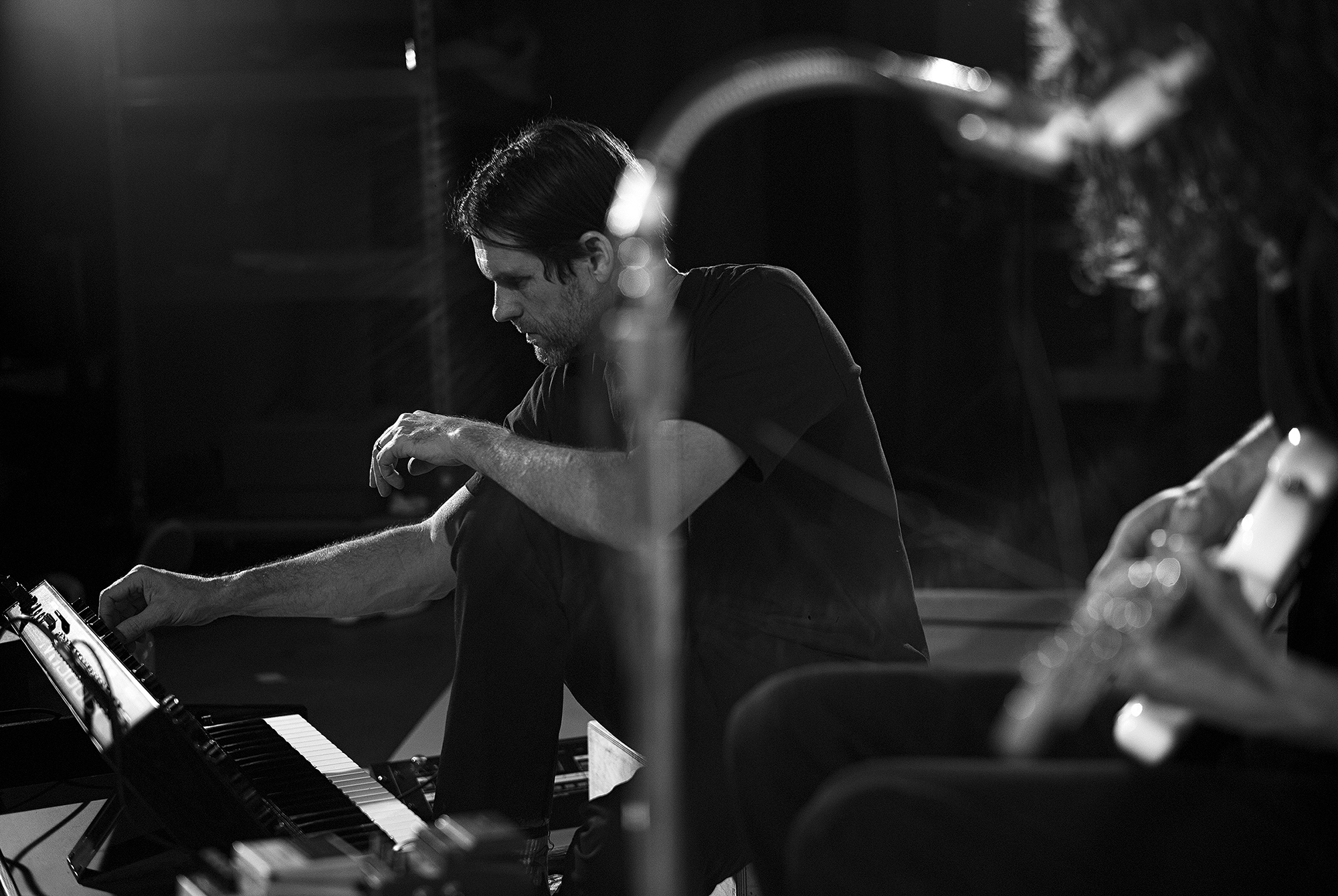
How is the demand for the bulkier model shoes? Do you think that aesthetic can work well again?
We re-issued the Lynx after 20 years, it was designed in 1998. The product that was reissued sold out pretty quickly. We got a sense there was interest in that period and aesthetic. For me it wasn’t so much about trying to align it where the market is at, it was more about, let’s bring it back to DC. What is the DC brand? What is it known for? I don’t want people to look at a DC product and go, “Oh, that’s a cool version of a Vans slip-on.” I want people to look at a product and say, “That’s DC.”
It had a very distinct vibe during those times, it defined the athletic aesthetic in skateboarding and we’ve seen a pretty big revival of that through brands like Palace and Supreme. DC was the catalyst for that whole push in the ’90s. DC just needs to be DC, as there’s nothing worse than a brand losing its identity and pandering to whatever’s trendy at the time, and in doing so ceasing to stand for anything.
“There’s nothing worse than a brand losing its identity and pandering to whatever’s trendy at the time”
You guys had Nyjah for a while, technically the biggest skateboarder on the planet. Do you think having someone like that on your team is financially worth it?
For DC, I’m not sure. He might have value for certain brands that can work with him in a way that’s complementary to their market. The skate program for DC is so much more focused on street level guys. The big pro that’s winning all the contests is just not that attractive to DC at this time.
I can’t really speak for all brands though, he might be doing a great job for Nike. It just depends what a brand’s objectives are. If a brand is focused on the Olympics and wants to do that, then Nyjah is probably a great vehicle to get there.
If you guys were 20 years old today, would you start a shoe brand?
No. I think the industry has too much fragmentation and the consumer retail models have completely changed. Now there is a lot more risk or inventory risk to reach a scale on any meaningful level. The competition is much tougher than when we started. Also it’s hard to find a totally new point of view that hasn’t been done.
When we did what we did it was 100% unique. We weren’t drafting off of anything prior, generationally speaking. It was all new and if you look at a brand today such as Palace, it was founded on a look and feel that DC & DROORS established in the ’90s.
It was just a unique time culturally as skateboarding was transitioning from punk to hip-hop. Hip-hop was an emerging space and street culture was coming into focus. There was so much happening on the street and in business to create a meaningful marketplace for the industry that I don’t think we’ll ever see it again.
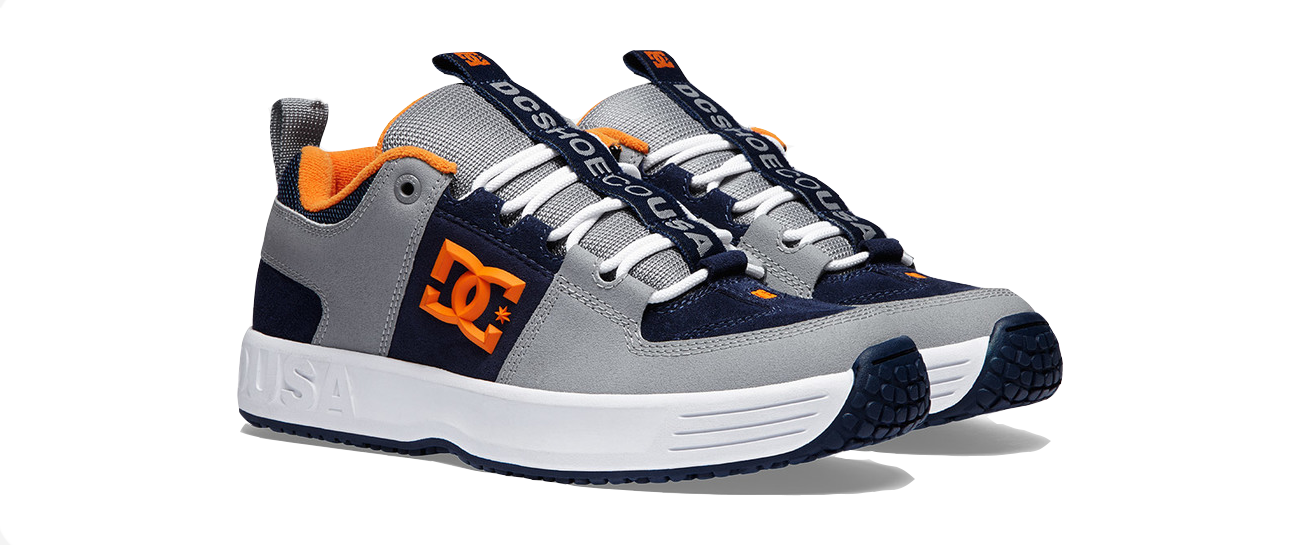
Do you think you shot yourself in the foot by putting DC in Zumiez and Tilly’s back in the day? Was that responsible for big shoe brands entering?
I think the two are unrelated. Nike got their foot in just through the convergence of skateboarding and street culture. Sneaker heads, collectability, drops and hype, the Dunks, all of that created an opening for Nike to drive into.
Before that they were just an athletic brand – basketball, cross training, running. They didn’t really have this active credibility on the streets from the perspective of skateboarding until the sneaker phase came into play, which through sheer product demand allowed them drive into skateshops. They were able to push these Dunk programs that would sell out so quickly that retailers were incentivized to keep selling them. I think that whole trajectory, which was brilliant on behalf of Nike, had nothing to do with us going into PacSun.
Are you guys currently in Zumiez? How relevant do you think it is for shoes and DC specifically?
I don’t think a footwear brand could exist in this space without being in Zumiez. There’s not enough scale to offset minimums and investments to bring footwear to market with just core skateshops. It’s a necessary component of the space now. I mean, I don’t know how you’d do it unless you have a ton of money and can afford to drive into the consumer on a direct basis and lose money for years.
“I don’t think a footwear brand could exist in this space without being in Zumiez”
I don’t think people realize that Zumiez is not an option but a necessity to most brands.
Yeah, and I think skateboarding is really lucky to have Zumiez, a company that understands the space and provides scale. The leadership there is in the know and their intentions are good. They also invest in brands, they invest in creativity, and they help companies grow and become solvent.
I had to think a lot about this when I was trying to figure out how to build a new footwear brand. I had to really consider Zumiez as part of that equation if I was really going to bring the idea to market because there was no way to do it without them. You can’t just make 10 shoes, you have to pay for toolings and make minimums.
No skateshop right now is going to invest in a new brand at any level that gives you scale. [Shops are] all in survival mode and they’re going to buy and sell what works unless you’re some anomaly – like if Dill and Ave were to start a new footwear brand with the FA and Hockey guys.
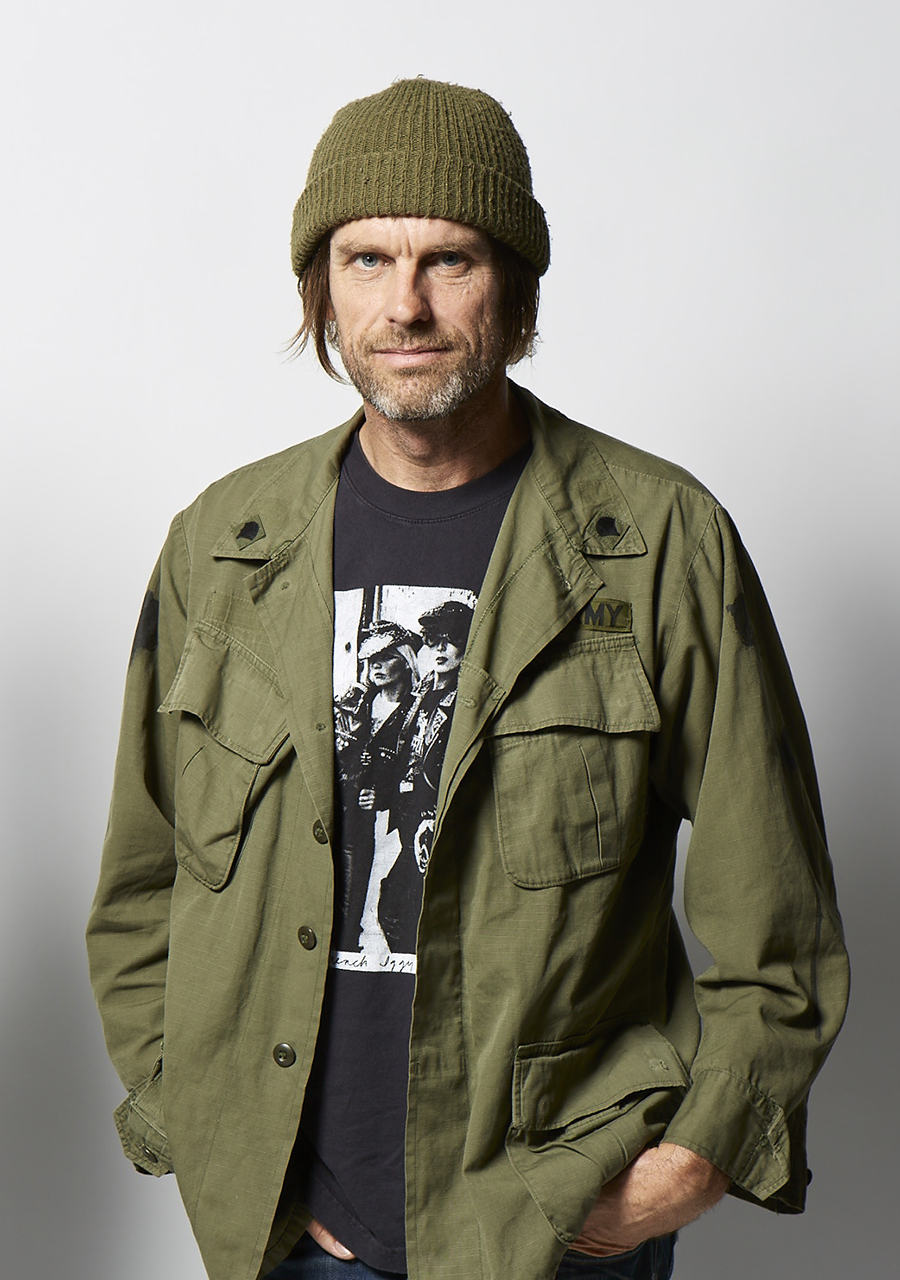
It seemed like in the late ’90s early ’00s pro skateboarders could make it big on royalties.
Why can’t they do that now?
For the first few years of DC we only had pro models. The number of styles in the market was really narrow, so as the industry grew there wasn’t much dilution on the royalty model. Now it’s been so diluted through the number of styles and SKUs in the market that it’s hard to get any scale to make enough for royalty programs. Unless you got that one shoe at Nike that is everywhere, and you know which one I’m talking about [laughs].
What were some of the biggest royalty checks you guys ended up cutting in the hype years?
It was typically a minimum and royalty. So you would pay a guy $250,000 a year as a minimum, and then if their royalties were to surpass that it would be reconciled throughout the year and they would get the overage. That way they were incentivized to not just promote their stuff but they would promote other stuff because their income wasn’t fully tied to one style. It was all about minimums rather than royalties back then, and the salary for the top guy would typically be $200,000-300,000 plus a 5% royalty after exceeding the minimum.
Let’s say your minimum is $250,000 and you’re a top dude. If we sold enough product to where it netted out to $500,000 in sales, at the end of the year you’d be paid another $25,000. If your royalty came out to like $180,000, you wouldn’t be paid anything [extra], but you would make your $250,000 base. It was a way for skateboarders to be confident in what they were being paid every month rather than having this up and down thing all the time. There were definitely some guys pulling over a million a year on minimum plus royalties.
How come guys aren’t making that kind of money now? I don’t think brands pay a lot of people $250,000 to ride for them.
Nyjah is probably up there, and there are probably a few other guys that are collectively making 90% of what a brand like Nike is putting out. That’s what’s so hard now. You have to be so damn exceptional in talent and marketability to actually make good money in skateboarding, and when you get there you become the lion’s share of any team’s budget.
That happens because there are so many guys on these teams. When we were doing DC we had such a small squad that everyone could make a lot of money. There wasn’t this super tiered system where someone is making $5,000 or $10,000 a year at the lowest tier.


Is there any magic number of team riders that you think is good?
When we considered starting DC Danny and Colin rode for Airwalk and there were hundreds of guys on the team. They didn’t feel any sense of tribe or crew. They just felt like they were on something, collecting a check. When we started DC we wanted six to eight guys max, and they all had their lane.
And DC today has been fully reworked by Mark Regimbal and Jimmy Astleford to be more aligned with the way we built it. Smaller teams, tighter crew. It’s much more family- and community-based than a random team with multiple factions full of divergence and conflict. I think it’s really important to consider this as Mark and Jimmy have with the current team makeup. From Evan to T Funk to Tiago to Shanahan, all these guys are all so different, but as a collective they generate so much gravity.
“There is a reason Nike is the biggest shoe brand in the world and this ‘devour everything’ approach underlines it.”
Is there an inherent weakness you see in the big shoe brands?
I don’t know about now, but a decade or two ago there was a problem with credibility and cynicism around big brands coming into the space. Newer generations don’t carry the same cynicism and fully embrace the big brands as if they were always here. I think with younger generations, there’s not a whole lot of weakness. There’s just a cycle of brand favoritism that plays in and out. It’s interesting to see this play out with Nike and Adidas right now. Brands are like moods in the market. You see this with how much juice Adidas has right now.
Do you think Nike and Adidas will ever pull out of skateboarding?
I am not sure as I don’t know if it is something that the leadership at Nike is really passionate about for authentic reasons, or if it’s just a set of metrics that reinforces credibility on the streets, which leads to increases in sneaker sales at some level. We will really only know with time.
Adidas is interesting to me though. They worked with Gonz for a long time without really saying much about it. I would just see this random Adidas Gonz stuff for years without them putting any effort behind it. I always felt they came from a more authentic place, and maybe because it’s the way they’ve shown up in subculture over the generations without pushing too hard.
I could live in a neighborhood with Adidas as my neighbor and it would be cool, but I feel like Nike would want to buy the whole neighborhood and tell everyone to leave. But there is a reason they’re the biggest shoe brand in the world and this “devour everything” approach underlines it.
Related Posts
Comments
Popular
-
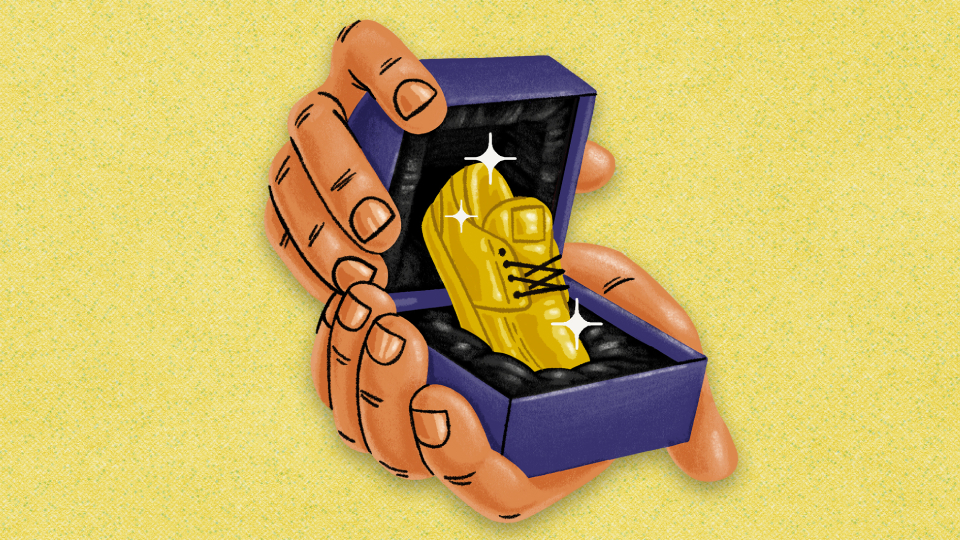 THE RISE AND FALL OF PRO MODEL SKATE SHOES
THE RISE AND FALL OF PRO MODEL SKATE SHOES
While there are still some exceptions, the signature shoe has largely evaporated from the skateboard industry. But, why?
-
 A CHAT WITH LUDVIG HAKANSSON, THE OLDEST SOUL IN SKATEBOARDING
A CHAT WITH LUDVIG HAKANSSON, THE OLDEST SOUL IN SKATEBOARDING
The man loves to read Nietzche, skates in some expensive vintage gear, and paints in his own neoclassical-meets-abstract-expressionist style.
-
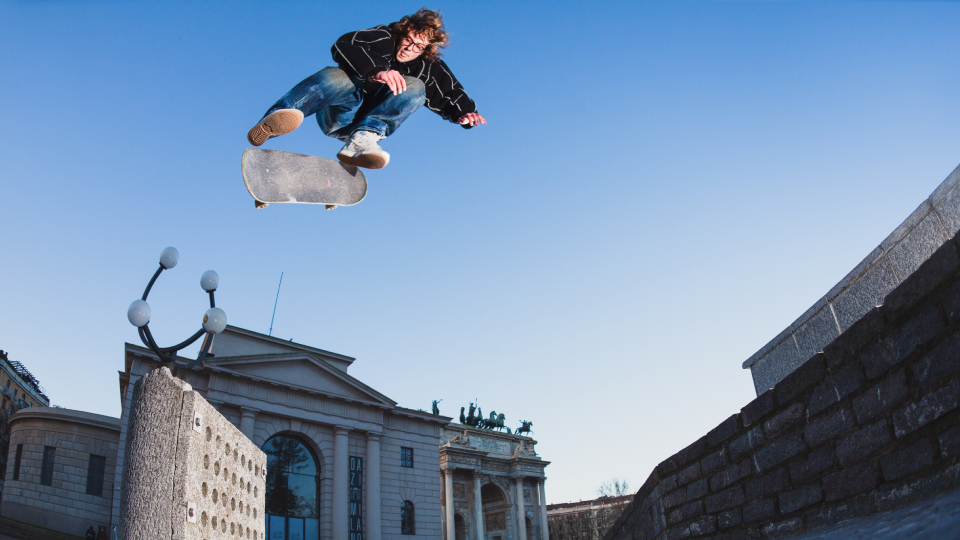 A LOOK THROUGH THE GLASSES OF VINCE PALMER, AKA CHICKEN LITTLE
A LOOK THROUGH THE GLASSES OF VINCE PALMER, AKA CHICKEN LITTLE
Get to know the 18-year-old German repping Baker and Supreme in Milan.
-
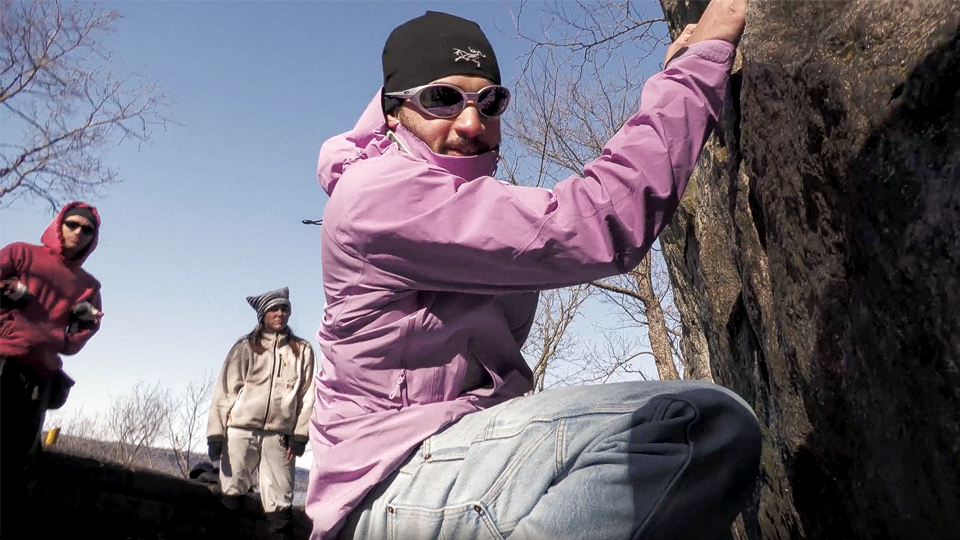 WHO ARE THE SKATERS RESURRECTING ROCK CLIMBING IN UPPER MANHATTAN?
WHO ARE THE SKATERS RESURRECTING ROCK CLIMBING IN UPPER MANHATTAN?
We met up with Joel Popoteur, an employee at Supreme and long-time skater to learn about his outdoor movement.
-
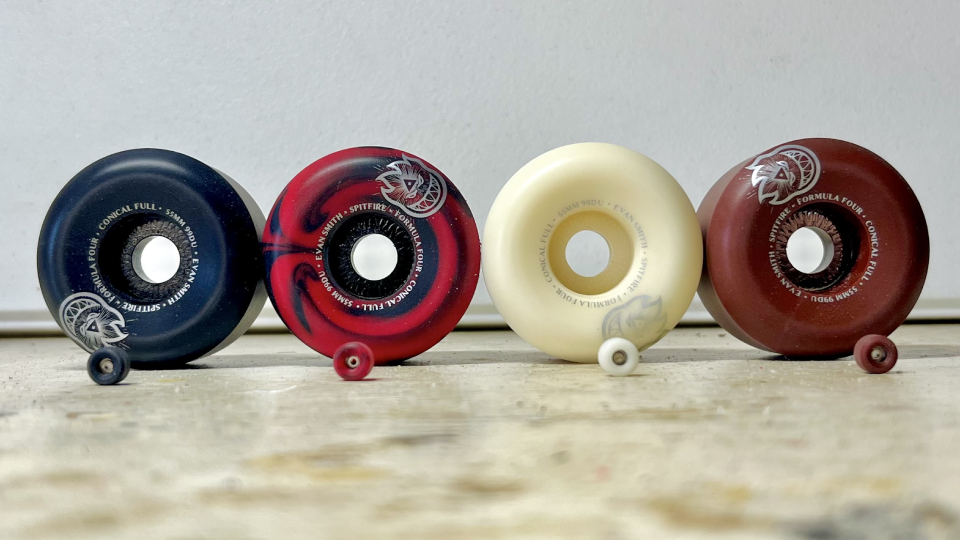 GOT OLD WHEELS? THIS GUY IS MAKING MINI FINGERBOARD REPLICAS WITH THEM
GOT OLD WHEELS? THIS GUY IS MAKING MINI FINGERBOARD REPLICAS WITH THEM
Honey, I Shrunk The Spitfires.

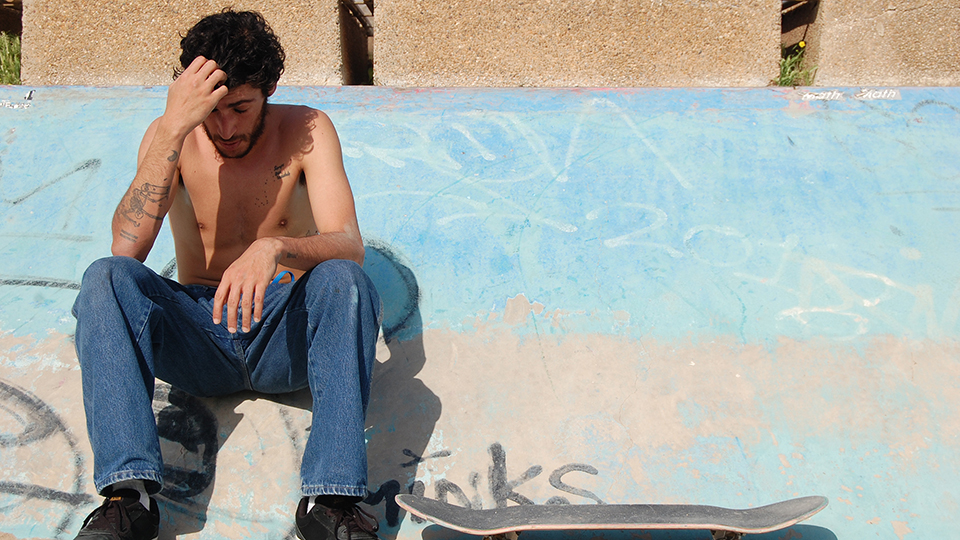
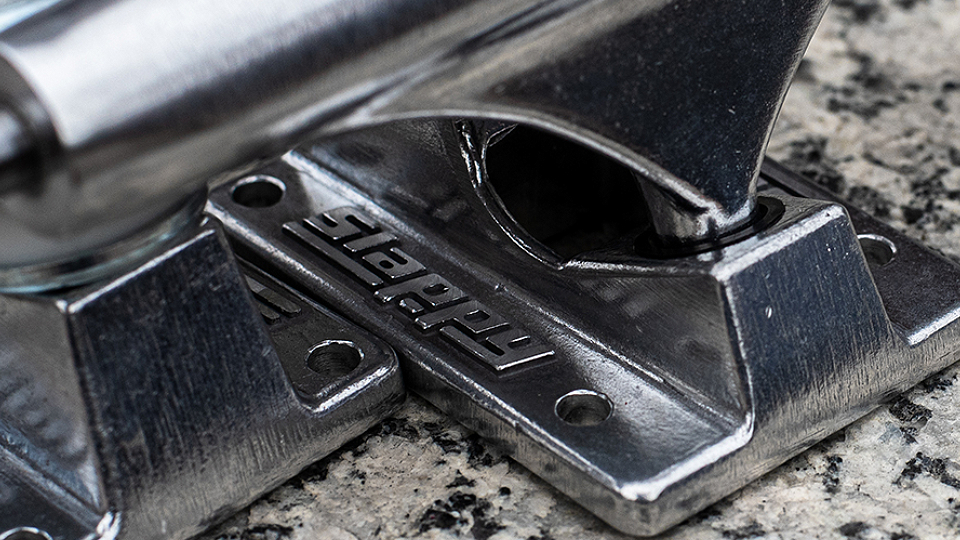
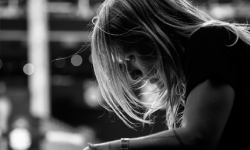
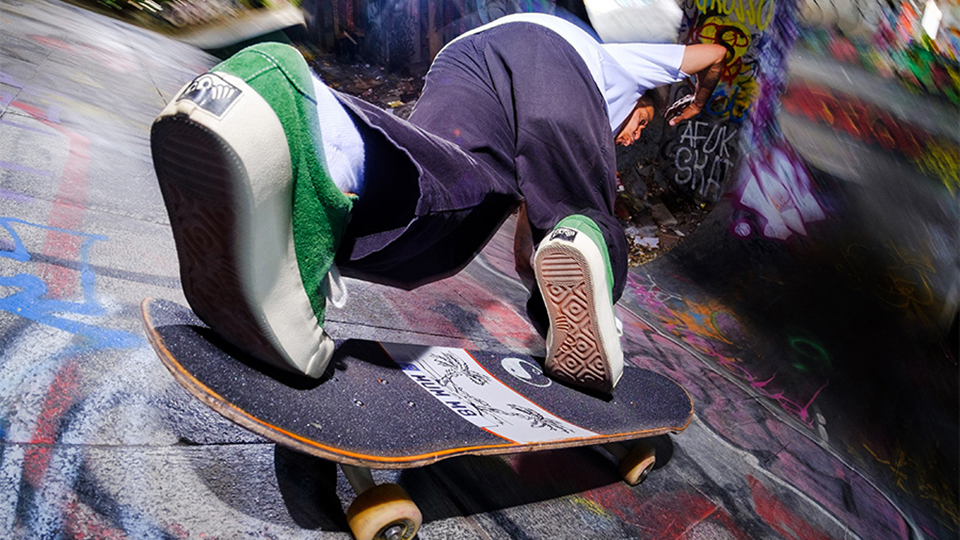

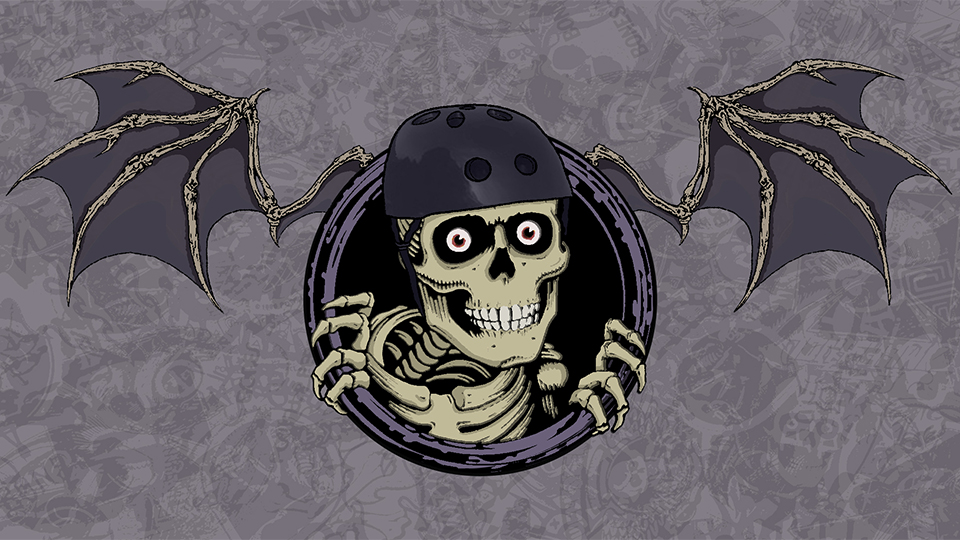

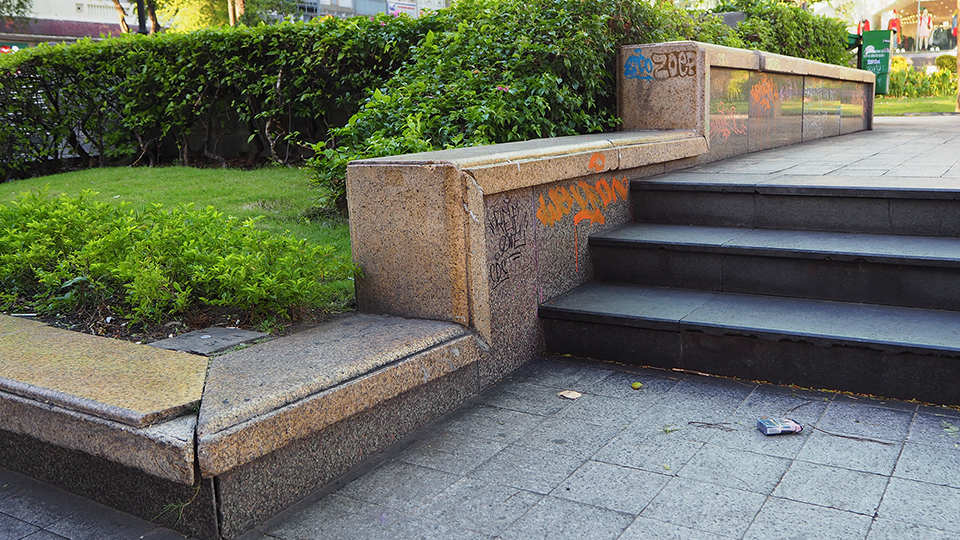
October 23, 2018 2:58 pm
Good interview.
October 23, 2018 3:09 pm
well that was more interesting than i thought it would be. also 250k! wtf. long gone.
October 23, 2018 5:03 pm
You can tell the dude that transcribed this interview doesn’t work too deeply in the industry when it says “skews” instead of SKUs – which is what Damon would have said. It means Stock Keeping Unit and is used to describe almost any product or model in the skate shoe business. It’s pronounced “skew” but doesn’t mean the mean same thing. Jesus, I’ve just bored the shit out of myself. Forget I said anything.
October 25, 2018 11:32 am
Now you’ve corrected the “skews” error in the article which makes my comment above worthless. I’ve got better things to do than sit here all day typing replies to myself about mistakes that have been amended. Oh wait, no I haven’t.
October 25, 2018 12:04 pm
u da SKU man, man!
October 23, 2018 5:08 pm
That was a great interview, props Jenkem and Damon